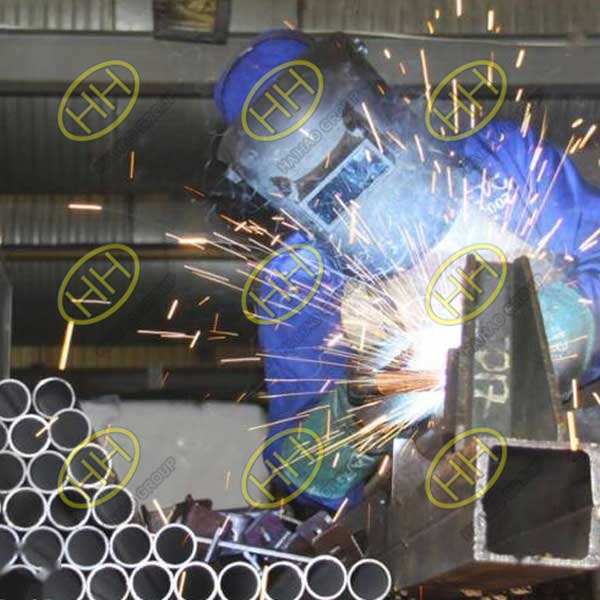Repair welding of high carbon steel: Challenges and best practices
Weldability of High Carbon Steel
High carbon steel, with a carbon content greater than 0.6%, has high hardenability and tends to form brittle, hard martensite. This makes it highly prone to cracking in the weld and heat-affected zones, making welding difficult. Due to this, high carbon steel is rarely used for welded structures but is commonly found in high-hardness or wear-resistant parts. When welding is necessary, it is often for repairing damaged components. These parts achieve their hardness and wear resistance through heat treatment, so pre-weld annealing is recommended to reduce the risk of cracking, followed by post-weld heat treatment to restore the original properties.
Welding Process for High Carbon Steel
Given its poor weldability, high carbon steel requires careful selection of welding techniques and materials.
1.Groove Preparation
The groove should be designed based on the thickness, joint type, and welding position of the workpiece.
2.Electrode Selection
To reduce the carbon content in the weld metal, high-strength, low-alloy steel electrodes with lower carbon content than the base metal should be used. Suitable choices include E7015 (J707), E6015 (J607), E5016 (J506), or E5015 (J507).
For enhanced weldability, chromium-nickel austenitic stainless steel electrodes like E309-16 (A302) or E309-15 (A307) can be used. These electrodes allow for reduced or even eliminated preheating.
Electrodes should be baked at 350–400°C for one hour before use to remove moisture and crystalline water, preventing cracks and porosity in the weld. Electrodes should also be kept warm at 100°C before use.
3.Pre-Weld Cleaning
Welding areas must be thoroughly cleaned of rust, dirt, and contaminants to ensure a high-quality weld.
4.Welding Methods
Shielded Metal Arc Welding (SMAW): This is the most commonly used and flexible welding method. Since low-hydrogen electrodes are used, DC reverse polarity (DCEP) should be applied. The welding current should be approximately 10% lower than that used for low-carbon steel, and the electrode diameter should be slightly smaller.
Oxyacetylene Gas Welding: Suitable for small workpieces, gas welding requires a large torch and nozzle. The welding area should be preheated using the flame before starting the weld. Since gas welding distributes heat more evenly, it reduces the risk of forming hard martensite. However, continuous flame heating is necessary to prevent rapid cooling. When high mechanical strength is needed, a filler metal similar to the base material should be used. For lower requirements, low-carbon steel filler rods can be used.
Flame Brazing: If the repaired component does not require high weld strength and operates below 200°C, copper brazing (“running copper”) can be used. To minimize softening of the base metal, low-temperature silver-based brazing alloys such as BAg40CuZnCdNi (melting range 605–595°C) should be used. The brazing temperature should be kept around 650°C. Fluxes like QJ101, QJ102, QJ104, FB101, or FB102 should be used, and the joint gap should be 0.025–0.130mm. The heating speed should be fast, and the flame should be removed from the weld area immediately after brazing.
By following these procedures, the challenges of welding high carbon steel can be effectively managed, ensuring strong and durable repairs.

